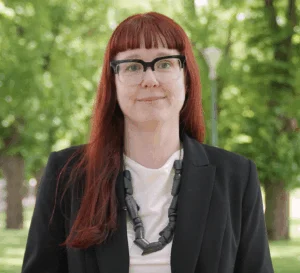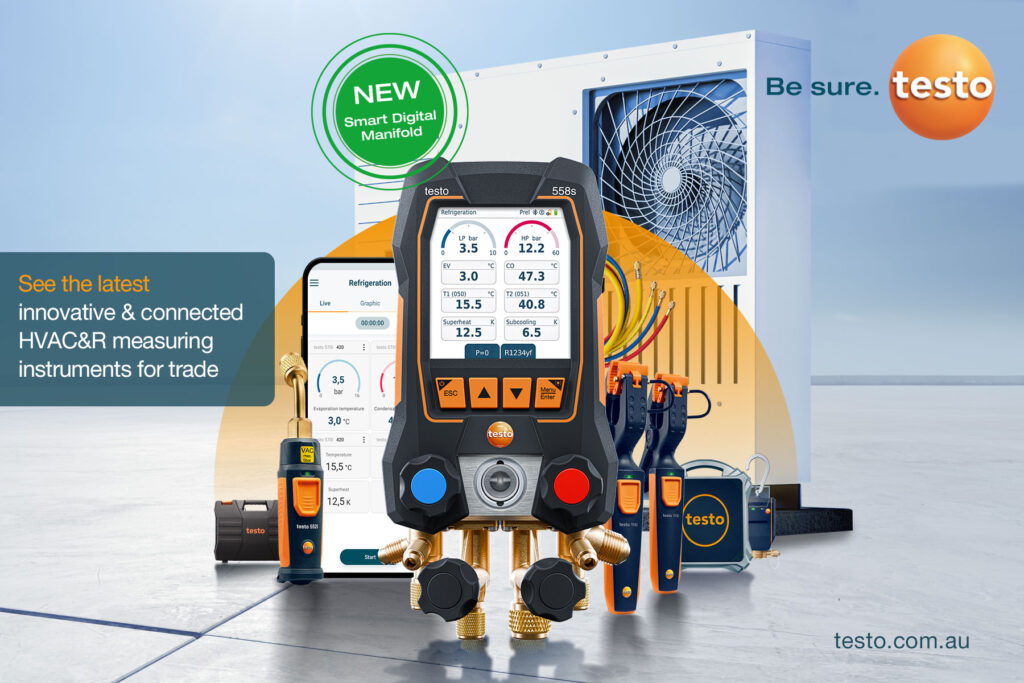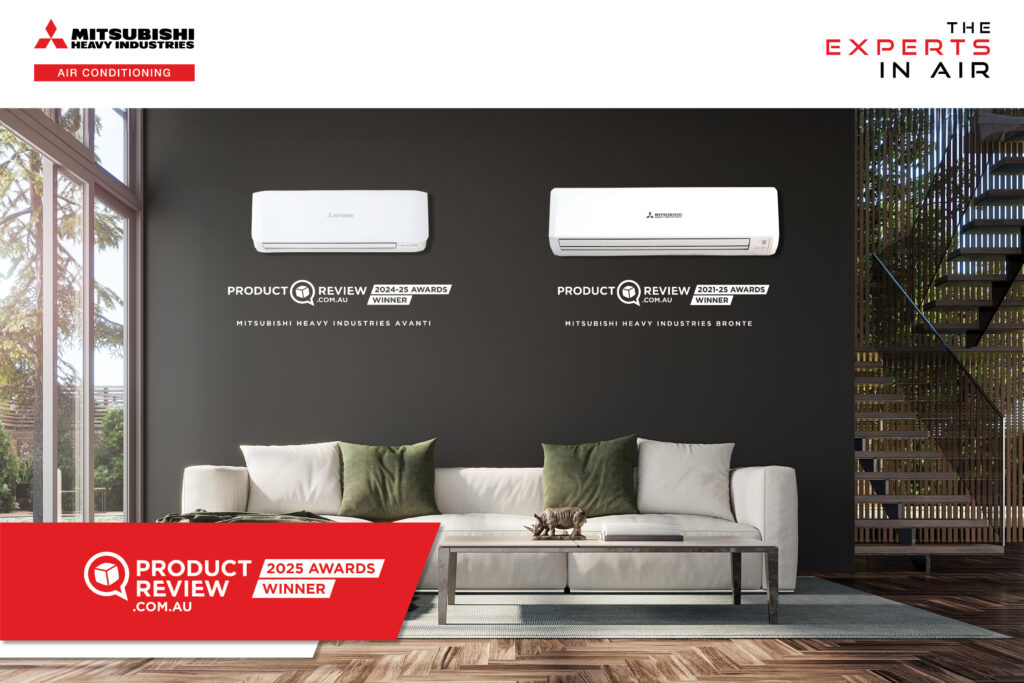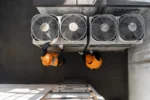The importance of safe air at events
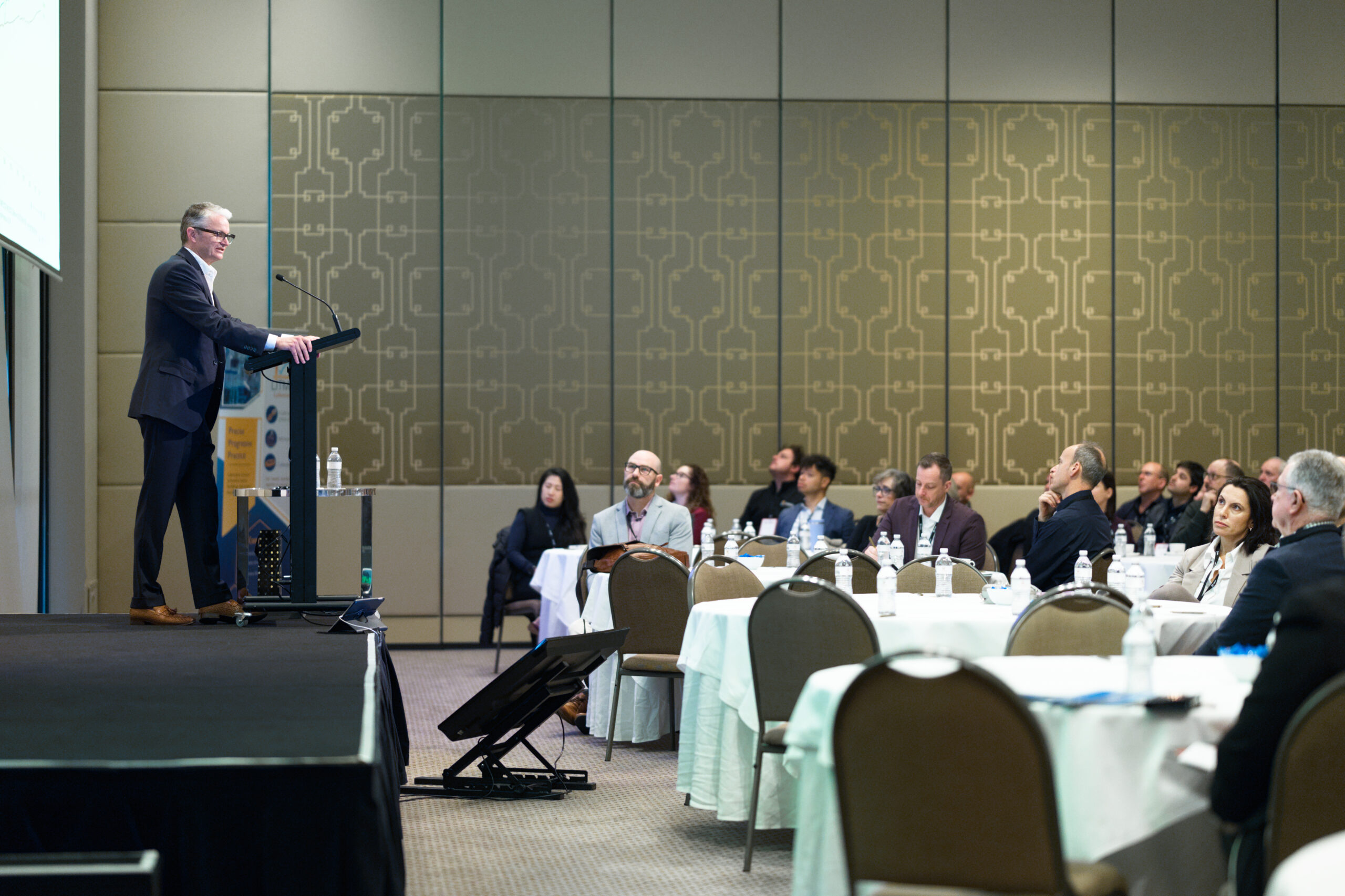
Amy Lewis from the Safer Air Project introduces a toolkit for making events safe, accessible, and inclusive for those at risk from poor IAQ.
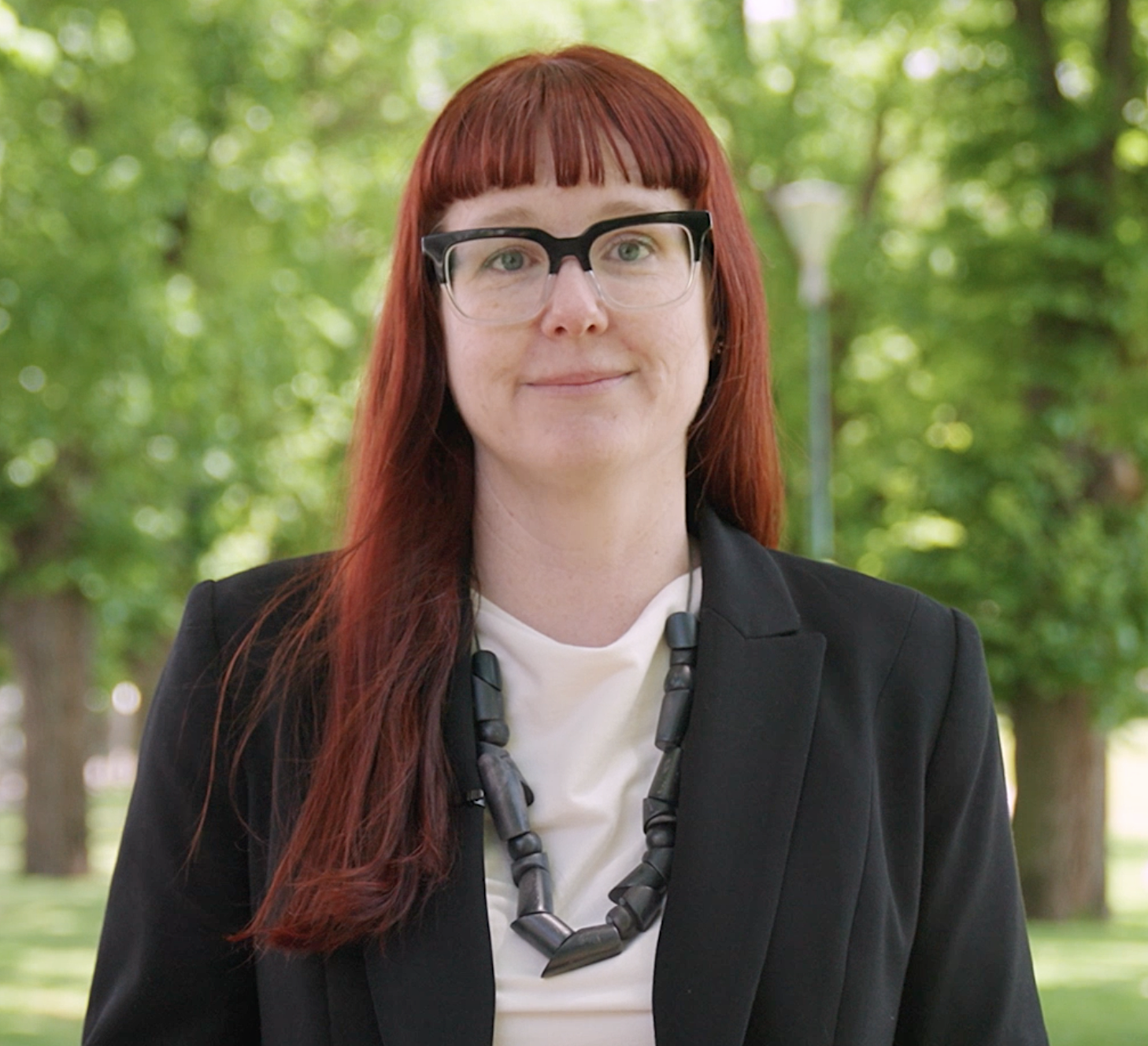

Nearly half of Australians live with at least one chronic health condition, such as asthma, diabetes, cancer, autoimmune diseases, or heart disease. People living with serious chronic health conditions also work, attend school and events, and are important parts of our community.
Poor indoor air quality places people living with serious chronic health conditions at risk. Airborne viruses like COVID-19, flu, RSV and measles – as well as other airborne pollutants such as dust, pollen, mould and chemicals – disproportionately harm people with chronic health conditions.
This makes indoor air quality a critical accessibility and inclusion issue.
Why plan a Safer Air Event?
The Safer Air Project has developed complete guidelines for hosting Safer Air Events, which prioritise IAQ, occupant health, and accessibility. By hosting a Safer Air Event, you’re demonstrating that your organisation values the health and wellbeing of all guests. The benefits include:
- Healthier spaces – reduce transmission of airborne viruses like colds, flu, RSV, COVID-19 and others, and reduce exposure to other airborne pollutants
- Reputation – a commitment to health, wellbeing and inclusion reflects positively on your organisation
- Inclusion – attendees who are immunocompromised or at higher risk can participate with greater peace of mind
- Productivity – improved indoor air quality promotes creativity and keeps attendees engaged.
AIRAH’s 2025 Indoor Air Quality Conference (IAQ25) will follow Safer Air Event protocols.
Tips for a Safer Air Event
1. Choose the right venue
Select an outdoor or well-ventilated venue. If indoors, ask for information about the venue’s ventilation systems, or if there are doors and windows that can remain open.
2. Keep an eye on the air quality during the event
Monitor air quality during the event and take steps to improve it if necessary.
3. Use portable air filters
Ask the venue if you can use your own portable HEPA filters to augment the ventilation. Position them in key areas.
4. Inclusive eating and drinking areas
Provide an outdoor or well ventilated space so guests who have chosen to wear a mask can feel comfortable eating and drinking.
5. Space and crowd management
Stagger arrivals or run smaller group activities to reduce crowding.
6. Communicate clearly with attendees
Let attendees know about the steps you’re taking to make your event a Safer Air Event. Explain why these precautions matter.
7. Hybrid attendance options
Provide an online attendance option to ensure those who can’t attend in person can still participate.
8. Evaluate and improve
Gather feedback: ask attendees if they felt comfortable with the air quality and safety measures.
Safer Air Events protect and consider the health of your attendees, demonstrate your leadership in accessibility, and make your events safer, healthier and more inclusive – for everyone.
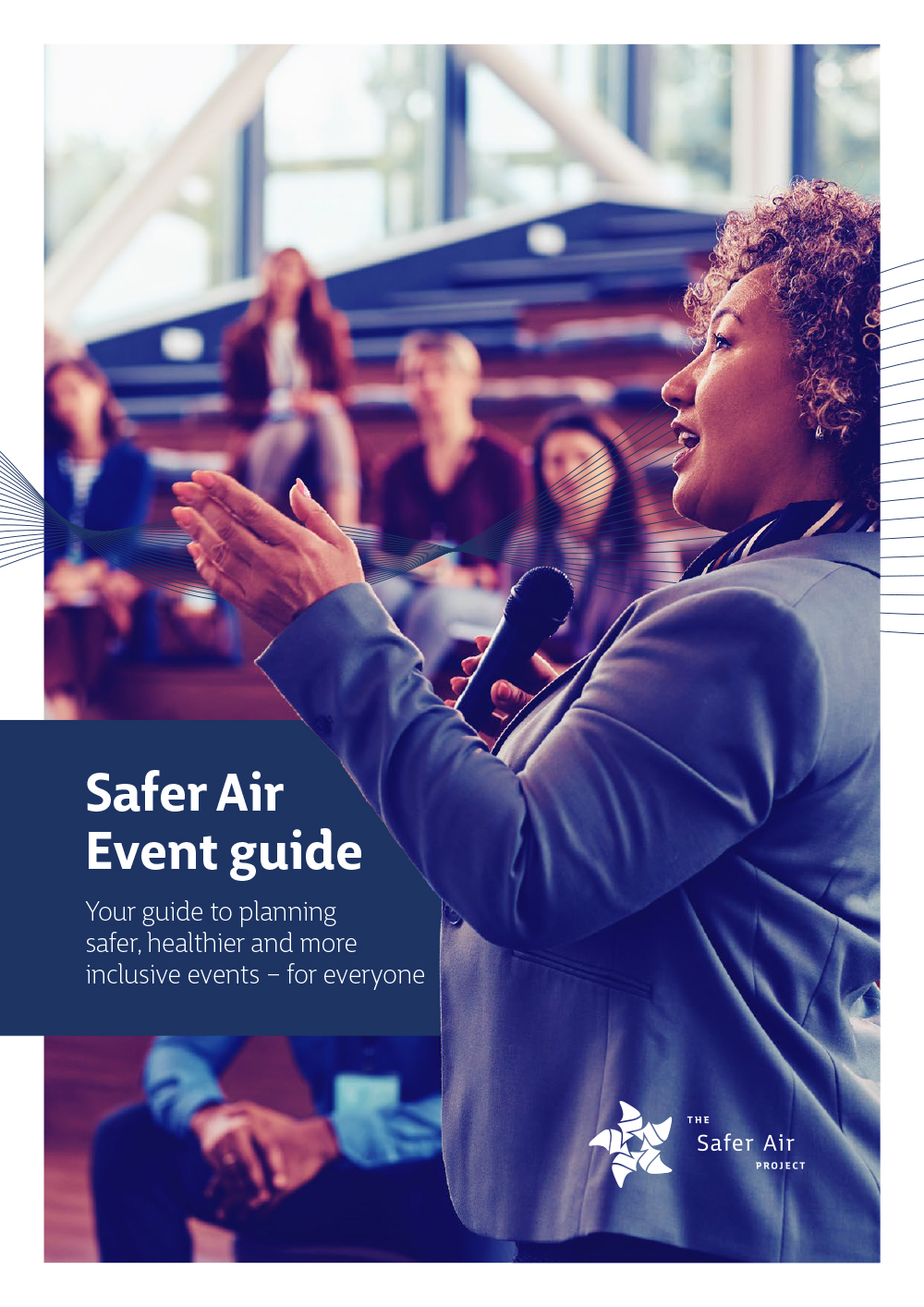

Get the toolkit
The Safer Air Project has developed a toolkit that contains everything you need to plan a Safer Air Event, ensuring it is accessible and inclusive for people with chronic health conditions or who are at risk. It includes a full Safer Air Event guide, example comms templates, signs and other resources to use on the day. You can purchase the toolkit by scanning this link.
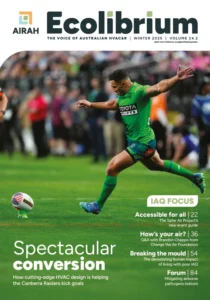
This article appears in Ecolibrium’s Winter 2025 edition
View the archive of previous editions
Latest edition
See everything from the latest edition of Ecolibrium, AIRAH’s official journal.
